NLT research
Think Wood Research Library
Learn MoreThe fabrication, uses, performance and sustainability of nail-laminated timber (NLT).
Surrey Christian School Primary Wing | Photo credit: Ed White Photographics
NLT is made of dimension lumber stacked together on its edge and fastened together with nails or sometimes screws to form a solid structural element.

Historically, industrial buildings often used NLT construction to span between solid timber posts and beams to form sturdy solid floors. Many of these buildings are sought after for their historic appeal and continue to serve today as refurbished office and residential spaces. Today NLT is being used for a wide range of building types from offices and schools to commercial and public buildings. NLT is popular for the construction of floor and ceilings, often left exposed to feature a natural wood finish. While most popular for floor and ceilings, NLT can be used as wood walls, stairs and elevator shafts. It can even be bent and assembled to create curvaceous roof structures, as was the case in the City of Burnaby’s Brentwood transit station—a sleek, canoe-like design featuring curved NLT canopies.
Brentwood Town Centre Station | Photo credit: Tae Ik Hwang
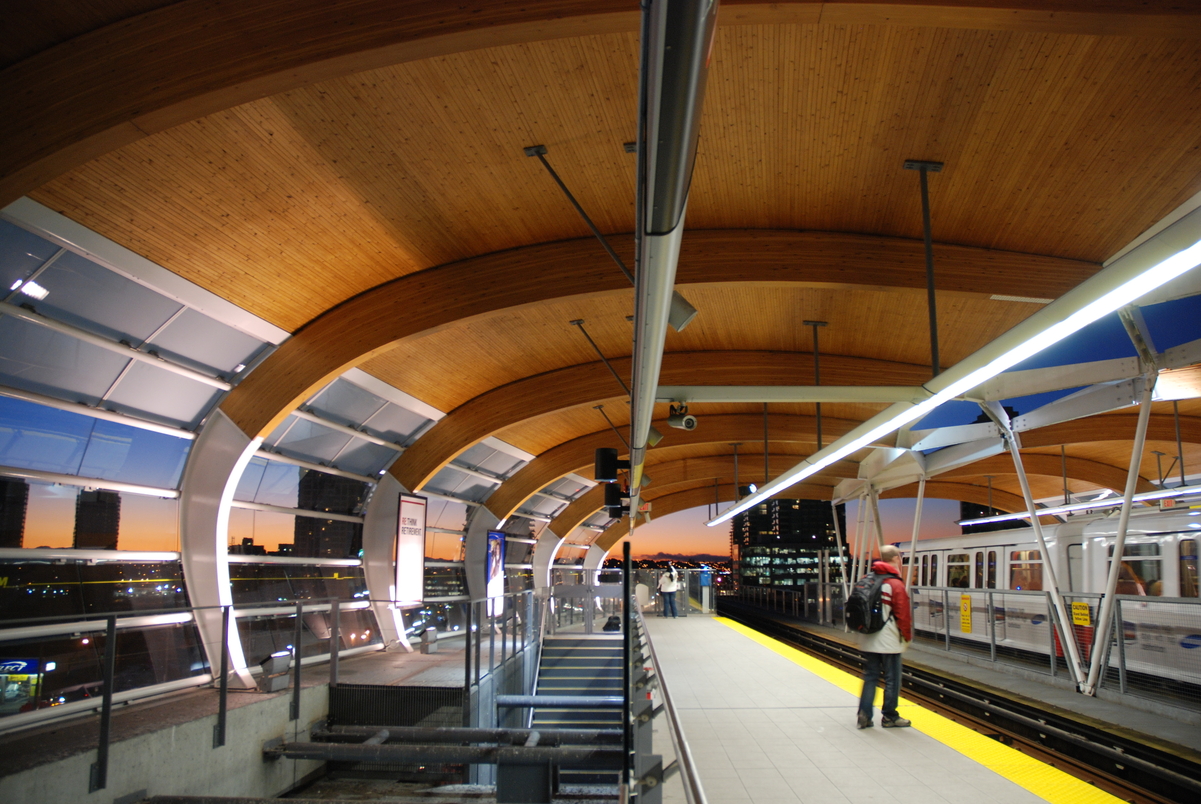
As the name suggests, NLT is made by stacking lumber and nailing it together to form panels. This can be done on-site or as prefabricated panels in a factory setting. Made with locally-sourced dimension lumber, the simplicity of NLT makes it relatively easy to assemble. Similar to other mass timber products, NLT panels can be topped with concrete to form timber concrete composite (TCC), a hybrid system used to reduce cross sections, increase spans and lessen noise transfer and vibrations. While there are no industry-wide quality standards for this panelized mass timber product, the NLT Guide provides guidance on quality control and sample specifications.
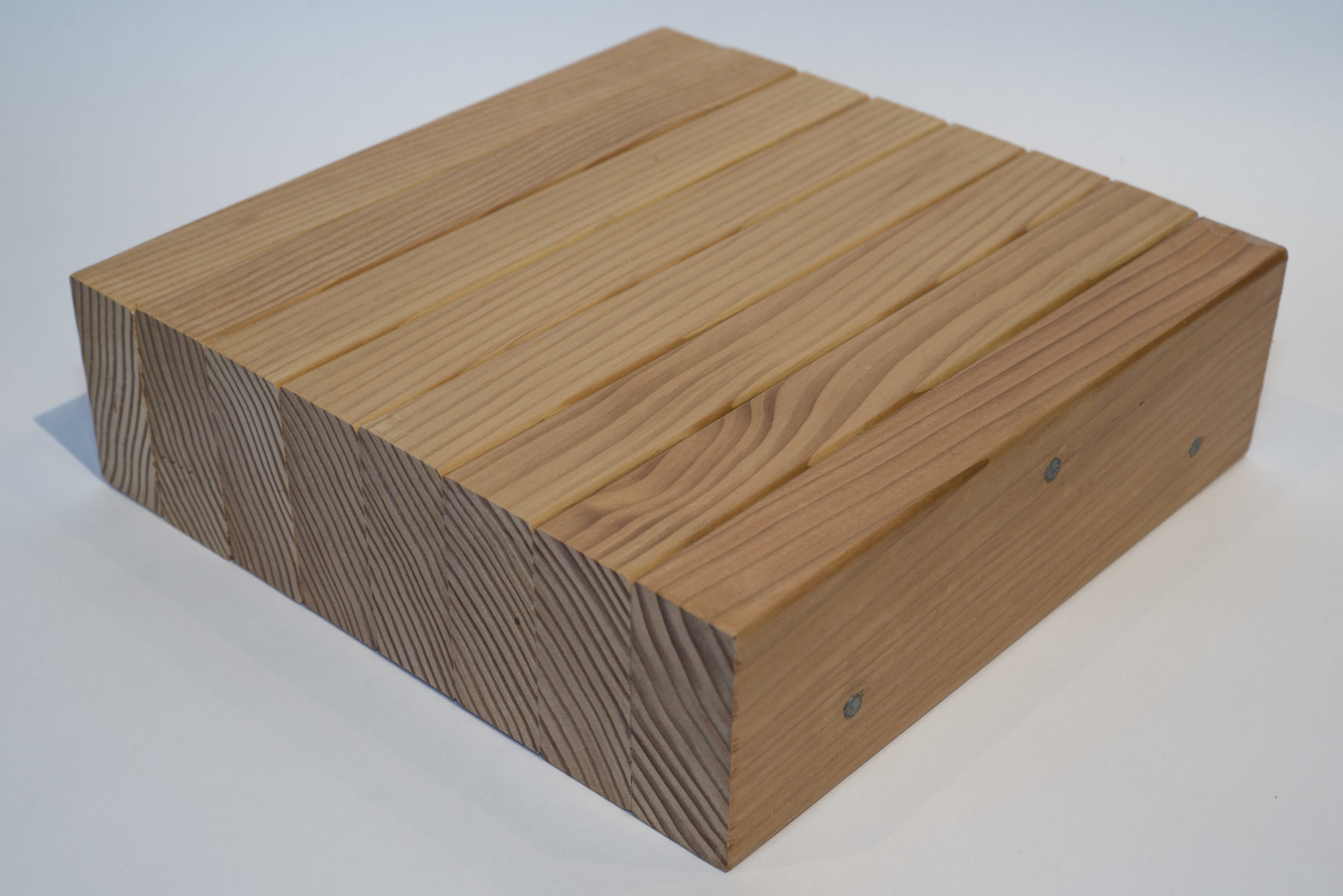
Advancing the use of mass timber supports new jobs and long-term investments in value-added manufacturing, green building, and forest sector diversification. This collection of key resources helps to both show and tell how B.C. is leveraging the mass timber movement to help deliver more value out of B.C.’s forests.
Photo credit: Nik West
NLT is permitted and is safe to be exposed, as their large mass provides inherent resistance to fire. NLT, like other mass timber products, naturally resists fire because it chars. In the event of a fire, this char on the outside forms a protective layer while retaining strength. This slows combustion significantly, allowing time to evacuate the building safely. Mass timber’s fire safety is backed up by rigorous fire testing in Canada and around the world.
Four-storey office in Vancouver | Photo credit: Ed White Photographics
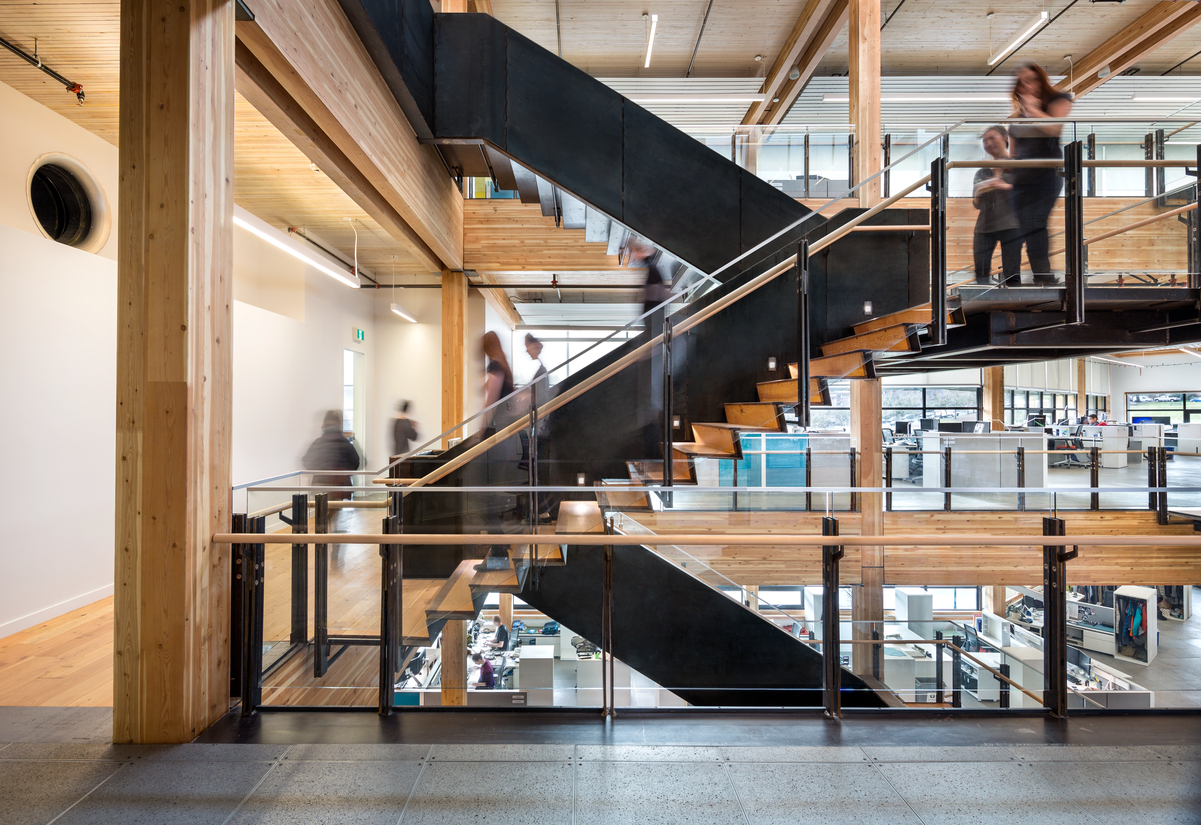
Designed with NLT using continuous soffits, the undulating timber roof of Samuel Brighouse Elementary School shows how this centuries-old mass timber product can deliver bold modern architecture.
Photo credit: Nic Lehoux
Similar to other wood products, NLT will not rot or acquire mould when designed and installed correctly. The strongest defence against water infiltration into a building is a well designed and constructed exterior wall assembly. To ensure long-term durability, steps should be taken to keep NLT dry during construction and installation. An air and water vapour barrier protects the wood. If there is a risk of moist interior conditions, builders should consider using a waterproof floor coating overtop of plywood or OSB sheathing and, where possible, include a sloped design for drainage. Consult the NLT Guide for more information about managing moisture and water vapour.
Four-storey office in Vancouver | Photo credit: KK Law

NLT, a popular, economical choice for commercial office and industrial design. Check out this office design and more using tried-and-tested NLT in our project gallery.
Four-storey office in Vancouver | Photo credit: Ed White Photographics
NLT can be a substitute for conventional concrete and steel construction, replacing these carbon-intensive materials with a renewable, low carbon alternative. Compared to concrete, NLT structures can be installed in a shorter time period, in any season. NLT can be used in place of concrete slabs and steel decking in commercial, institutional, and residential buildings. In addition to being used in floors, decks and roofs, mass timber panels are increasingly being used for the timber elevator and stair shafts in six-storey, light-wood frame mid-rise buildings.
UBC Orchard Commons | Photo credit: Michael Elkan Photography
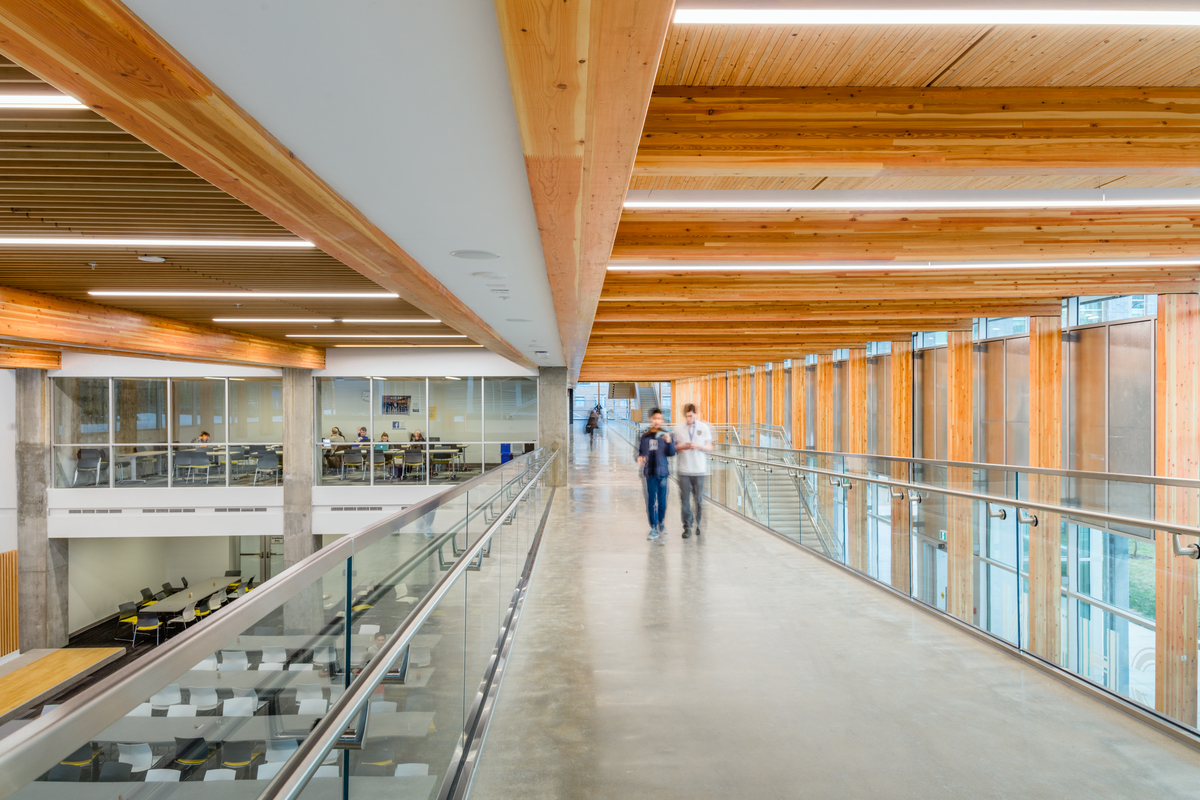
Using lessons learned from real projects, this guide provides practical strategies and guidance for the safe, predictable, and economical use of NLT. From fire safety and lateral-load considerations to construction and installation, this is a must-have resource for any design professional interested in using NLT in their next project.
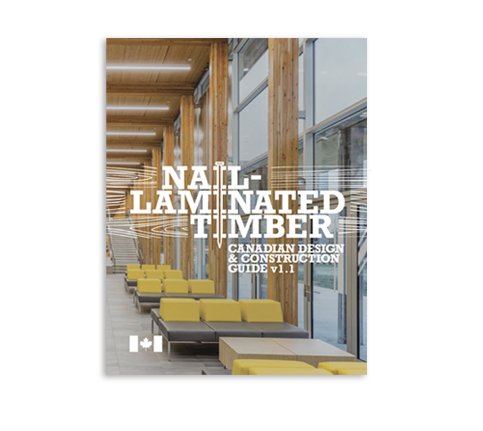
With the province of British Columbia recognized as a global leader in sustainable forest management, you can specify B.C. forest products with confidence. Connect with suppliers of nail-laminated timber today.
Askew’s Uptown Supermarket | Photo courtesy of Allen + Maurer Architects Ltd.
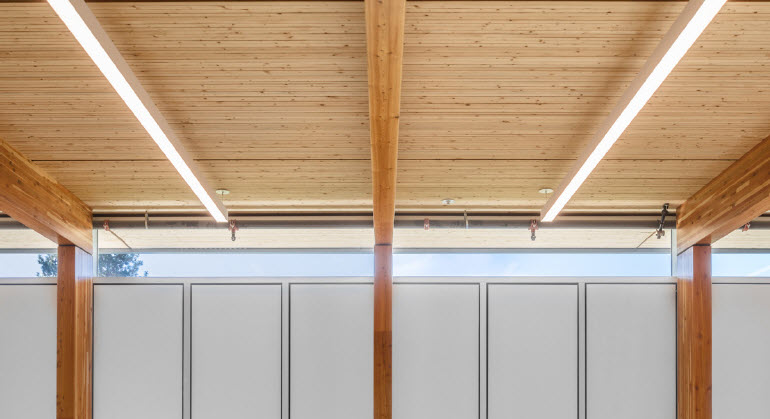

Fast + Epp Structural Engineers, Perkins + Will, RDH Building Science Inc., Seagate Structures Ltd., Holmes Fire, and GHL Consultants Ltd
Learn MoreSubscribe for the latest wood projects, developments, tools and research.